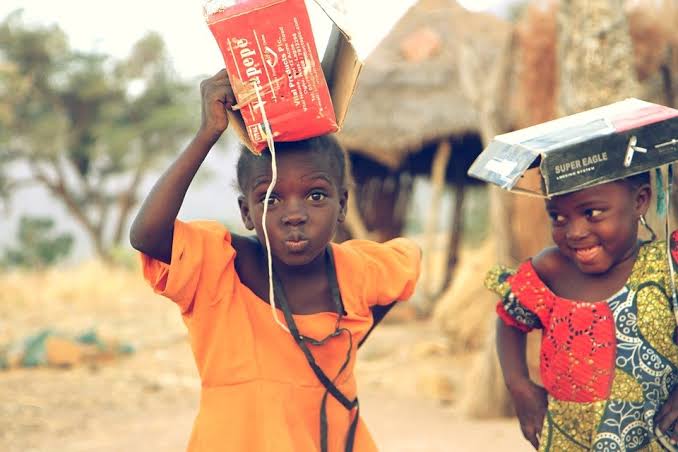Exploring the Yoruba roots of the popular traditional Ettu dance of Jamaica
The Caribbean is truly blessed with uniquely different and magnificent cultures with most tracing their roots to Africa. As enslaved Africans were transported from the shores of the continent to forcefully work on plantations in the Caribbean some centuries ago, so did they also take their traditions, culture and values which are, to date, still being practiced. Be it cuisine, music, dance or language, some elements and traces of African culture are imbibed in them.
In Jamaica, Ettu both describes the dance and the communities of Pell River, Cauldwell and Kendall in Hanover where people of Nigerian ancestry settled. The Ettu people claim Nigerian ancestry because they are descendants of Africans that migrated to Jamaica as indentured laborers and settled in the communities in the Hanover parish after slavery ended.
Many of the Ettu people are Christians belonging to the Methodist, Anglican, Baptist and revival faith who are known for their religious traditions. Indeed, the Ettu dance is a religious practice involving the “lifting, and dropping of elbows and shoulders, with the feet doing sideways shuffling step,” according to JIS. The dance is performed only during events such as a wedding, a death, when ancestors need to be appeased or when there is a severe illness. It dates back to the 16th century when the group that claimed Yoruba ancestry relocated to Hanover. It is believed that Ettu is a corruption of the word Edo, the name of a West African Yoruba tribe.
religious practices have been lost over the years, one of the customs that remains with us is the ritual or play that we perform at weddings, dinner feasts, ‘nine night’ and ‘forty night’,” Ettu Queen Donnette Williams said in a 2012 interview with The Gleaner.
When someone dies, the Ettu have what they call a “forty night” and on the 39th night, they have a “dinner play” to feed the ancestors, as stated by this account. The Ettu is usually danced in individual worship and praise and not for the audience. The dancer faces the drummer, who controls the movement. To end an Ettu dance, there is a signal from the dancer to the drummers and this comes with “specific coordination between feet and right arm.”
Each Ettu family has its own dance with its own moves. “Women dance more subtly than men – erect, angular, barefoot, tilted slightly forward. Men, also barefoot for better contact with the earth and ancestors, are very energetic,” according to Dance.lovetoknow.com.
Both men and women dance solo, except when they are being “shawled.” Shawling is the act of placing a scarf around the neck or waist of a dancer to show appreciation or encouragement. The dancer is “then ceremoniously ‘dipped back’ from the waist for strength. Then, the shawler would raise the dancer’s arm in salutation and congratulation,” The Gleaner explained.
To date, the Ettu dance is not the only rich cultural heritage of the Ettu people. They also hold dear their music, language and food.
“It’s not only about the music. It’s about the culture. We have the dance, the food, and we use it as a part of deliverance for those who are accused wrongfully,” said Williams. “Food plays a critical role in the ceremonies carried out by the Ettu, and we use only the male goat to feed the ancestors,” she added.
Source: Face 4 Face Africa








0 Comments